Below you will find descriptions of common bugs and pests found in our service area. We hope these descriptions can help you determine your problem and better enable us to help you.
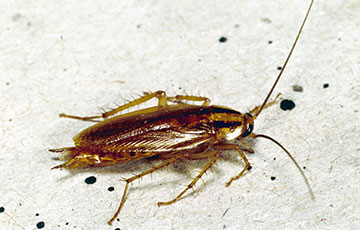
These roaches are light brown in color with two black stripes behind their heads. They reproduce rapidly and are the most common roaches associated with unsanitary conditions. They will eat almost anything. It is said, one drop of grease can support a family of roaches for a month. The German Brown Roach is the one most commonly associated with carrying diseases.
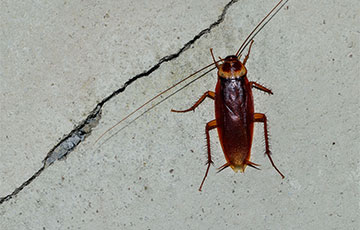
This roach is primarily an outdoor roach, reddish-brown in color with a light colored ring behind its head. It can be up to 2” in length and deposits egg capsules in various areas of a home or business. They are sometimes referred to as “Water Bugs” or “Palmetto Bugs”.
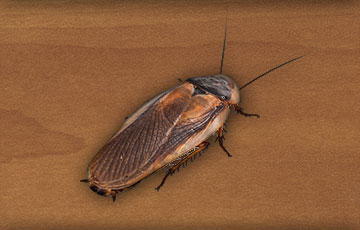
This roach is also an outdoor roach that likes your indoor environment and is referred to as “Water Bug’ or “Palmetto Bug”. It is shiny and uniformly very dark in color, like a high gloss mahogany finish-almost black. Smokey Brown Roaches, about 1.5" in length, can fly, are attracted to light, and will eat anything.
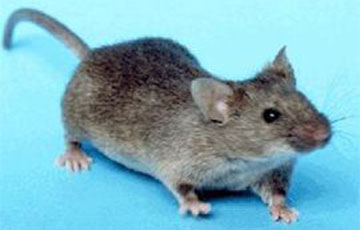
House Mice can be either brown or gray in color and are considered by many to be the most troublesome pest there is. They can survive on very small amounts of food and water and hide during the day. They contaminate food preparation areas with bacteria that can cause food poisoning and should thus be eliminated from homes and businesses.
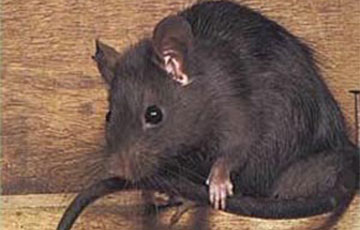
The Roof Rat, also known as the black rat, prefers to eat grains, but will eat anything of nutritious value. The name “Roof Rat” is derived from their ability to climb along pipes and rafters to explore the tops of buildings. They often enter dwellings through the attic.
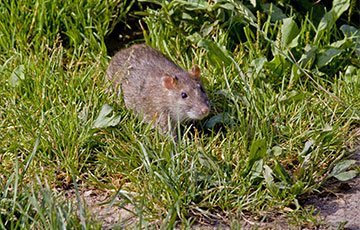
The Norway Rat, also known as the Brown Rat, tends to live wherever people live. They will feed off of anything that people leave in their reach including garbage. Unlike the roof rat, the Norway rat is not a good climber.
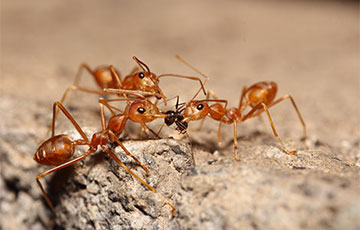
The Fire Ant is common in NC and lives in moist soil. There will usually be several nests spread out in one area. Their venomous bites form small blisters on the skin and can sometimes even kill sensitive individuals and small animals.
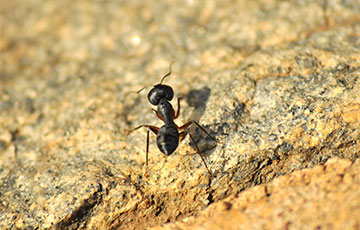
Carpenter Ants do not eat wood as their name would imply; however they do remove wood from trees, trunks and structures to provide a nesting area for their colony. Carpenter Ants are the largest ants seen in residential areas. If several are in the home then they have most likely made a nest in your structure.
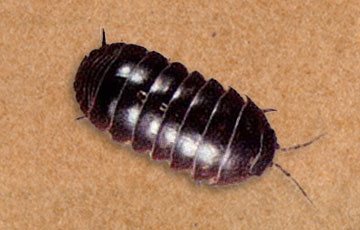
Pill Bugs are characterized by their ability to roll into a ball when disturbed. They typically feed on moss, algae, bark and other decaying organic matter. They are usually found in moist areas such as decomposing leaf matter and soil.
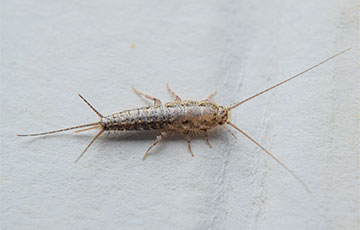
Silverfish are small wingless insects that live off of starches and various fabrics. They do not cause any real harm to humans except for the nuisance of living in homes. They tend to destroy books by eating the binding material.
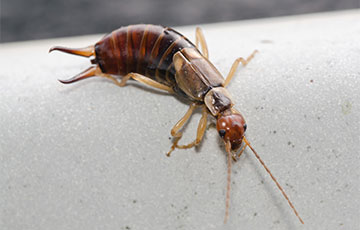
The Earwig is sometimes referred to as a “Pincher Bug” as some species have forceps-like cerci at the end of the abdomen. The dark brown earwig has leathery wings that are tucked beneath the forewings and prefers cool, moist areas.
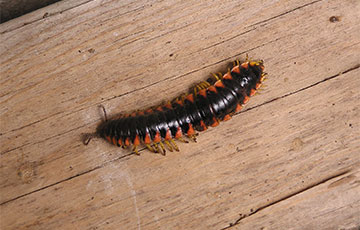
Both Centipedes and Millipedes have long flattened bodies and many legs. The most noticeable physical difference is the appearance of antennae on the Centipede. The Centipede also delivers a venomous bite which resembles that of a bee sting; the Millipede is not venomous.
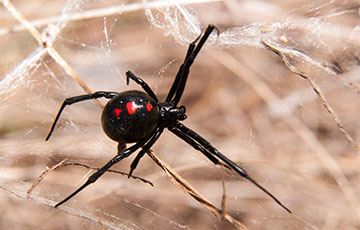
The Black Widow Spider is perhaps one of America’s most feared spiders, because of its highly toxic venom compared to its size. The Black Widow Spider is very small and black in color; it is most commonly recognized by its red hourglass marking, which can sometimes be orange, yellow or even white.
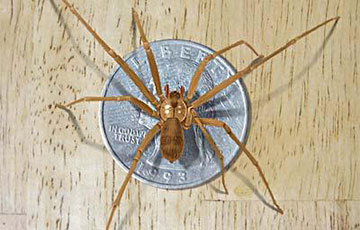
The Brown Recluse Spider varies in color from light tan to dark brown and its violin marking is not always visible which makes its identification difficult. The Brown Recluse Spider delivers powerful venom and can leave a bite that leads to necrosis. Very rarely found in eastern North Carolina. The “fiddle” shape is just behind the head.
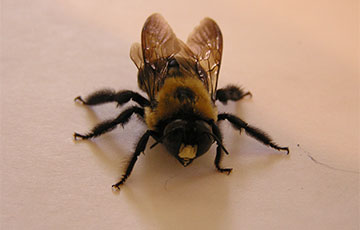
Carpenter Bees are large, hairy bees distributed worldwide, with some 500 described species and subspecies. Most build their nests in burrows in dead wood. Some are often mistaken for a Bumblebee species, as they can be similar in size and coloration, though most Carpenter Bees have a shiny abdomen, Bumblebees have abdomens completely clothed with dense hair.
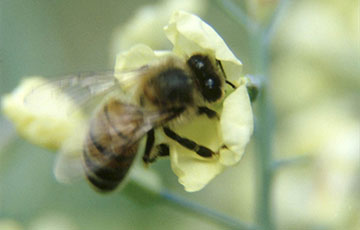
The X-Team prefers not to kill honey bees. Honey bees are a very important part of our environment. Before calling us, please contact the local county cooperative extension office at 252.633.1477 for Craven County or 252.222.6352 for Carteret County.
Some insect images were provided through the courtesy of Bayer Environmental Service.